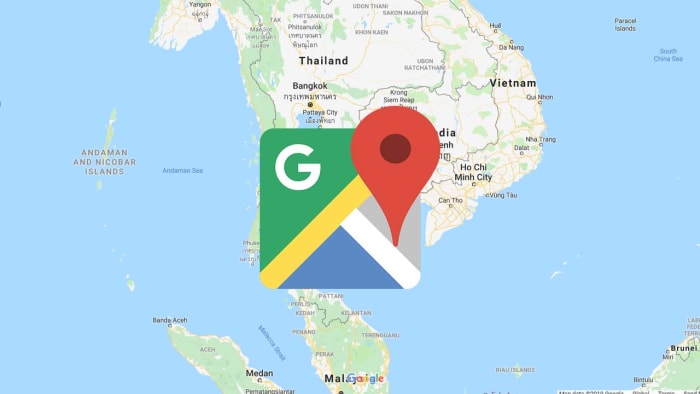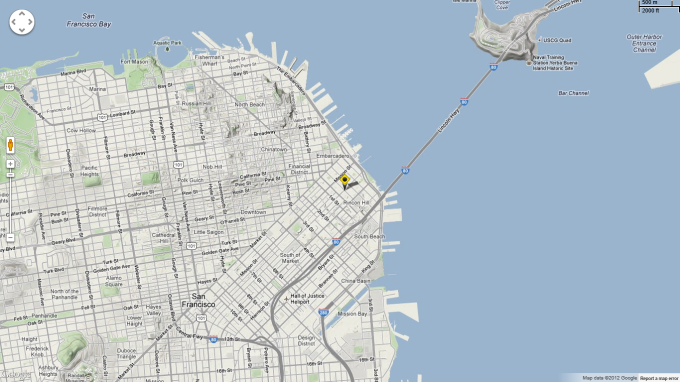
Generally, the most important factors are your mode preference, trip durations, and sometimes price. These factors can include duration, distance, price, your mode preference, or the relevance of a mode to your query. Sometimes, the transport options we show you are ranked according to a combination of objective factors designed to help you find relevant and useful information. Primarily, if you must hide and then show a map, they recommend reusing a single map instance.When you enter a destination in Google Maps, we show you how to get there using different travel modes, like driving, cycling, or walking. Set the playback to ~12:50 to view the section about destroying the map, problems with reloading the map, and suggestions they offer to avoid problems. EDIT in Response to Comment:Ĭheck out the Google Maps API Office Hours Video where Chris Broadfoot and Luke Mahe from Google discuss: that they don't support use cases that involve reloading the map, that the API is intended to be loaded only once, and their acknowledgement that there is a memory leak bug. Google essentially does not support multiple map load use cases.Ĭheck out some of the information available at the question link included above it contains some good discussion and information. Google admits there are memory leak bugs associated with reloading the map and strongly recommends against multiple map reloads.


I'm not sure from your question, but it sounds like you may have created a page that loads the Google Maps API more than one time (or could, depending on user choices) and you should avoid that entirely. A good question and set of answers that deal with many of the related details are at: What is the Proper Way to Destroy a Map Instance?. The answer to your question is actually a bit more complicated than you might think.


 0 kommentar(er)
0 kommentar(er)
